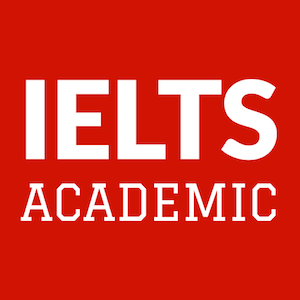IELTS Writing Task 1: Question
Try this process diagram question about the manmade process of hydroelectricity.
The diagram shows how electricity is generated by a hydroelectric dam.
Write a 150-word report for a university lecturer explaining how the process works.
IELTS Writing Task 1: Model Answer
The diagram illustrates the basic principles of hydroelectric power. The process requires the construction of a large dam connected to a powerhouse. The dam creates a large reservoir and the powerhouse is where the electricity is generated.
First of all, water trapped in the reservoir behind the dam is forced through an intake. It then flows into a narrow chamber called a penstock, where the resulting high pressure turns a turbine. The turbine is connected to a generator in the powerhouse above, and this is where the movement of the turbine is converted into electricity. The resulting electricity leaves the powerhouse via cables that carry it over long distances to where it can be used.
It is interesting to note that a hydroelectric dam creates no harmful byproducts and relies entirely on natural forces to produce electricity. After the turbine stage, water flows out through a second channel and into a river. The process is renewable, thanks to the water cycle in nature.
(163 words, IELTS 8.0)
Why does this Task 1 answer get an IELTS Band 8 score?
Task achievement: The introduction paraphrases the question and describes the constituent parts of the process. The body describes each stage of the process in sequence.
Coherence and cohesion: The model answer has an introduction, body and conclusion. Sequencing expressions such as first of all, then and after are used appropriately. The articles a and the are used effectively to introduce and refer back to different elements of the process.
Lexical resource: The labels in the diagram are well integrated into the model answer and appropriate verbs such as converted, flows and leaves are used throughout. Less-common words such as byproducts and renewable are introduced by the writer. Spelling is always accurate.
Grammatical range and accuracy: The writer uses the present simple tense and has good control of subject-verb agreement and active/passive forms. A good balance of simple and complex sentences is used throughout.
Teacher’s Notes
 This IELTS Writing Task 1 question asks you to describe a process. Usually the process diagram will include some technical vocabulary. The challenge is how well you can integrate the vocabulary into a coherent report. The examiner is also looking at how you use sequencing expressions to show the order of events. Finally, remember that most processes happen at any time, so use only the present simple tense.
This IELTS Writing Task 1 question asks you to describe a process. Usually the process diagram will include some technical vocabulary. The challenge is how well you can integrate the vocabulary into a coherent report. The examiner is also looking at how you use sequencing expressions to show the order of events. Finally, remember that most processes happen at any time, so use only the present simple tense.






